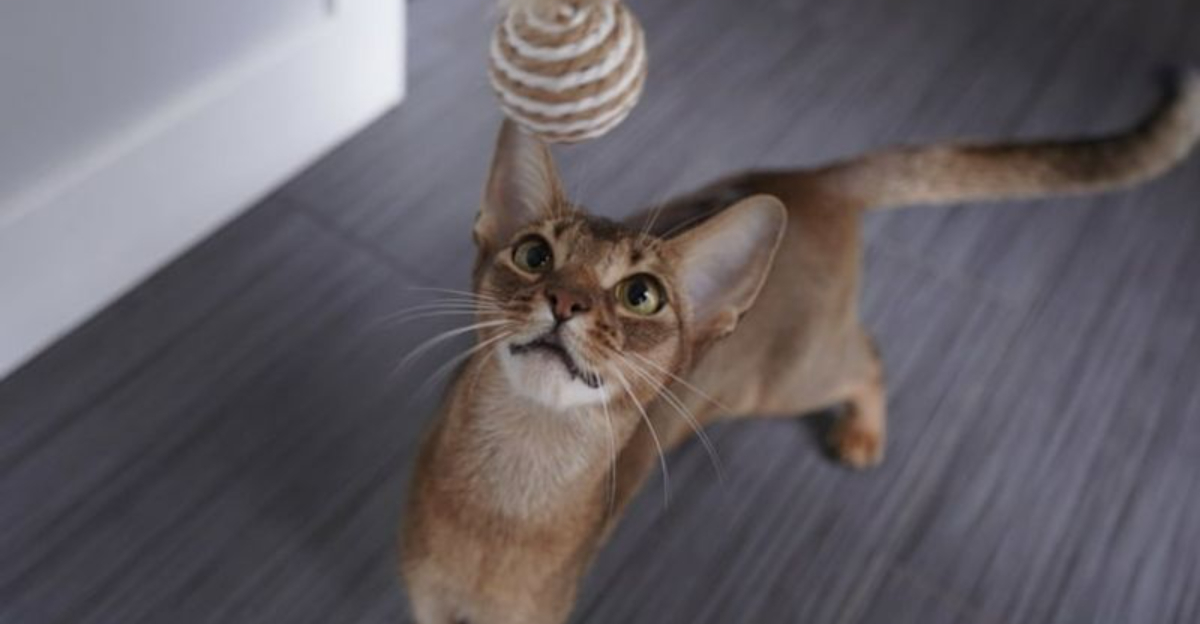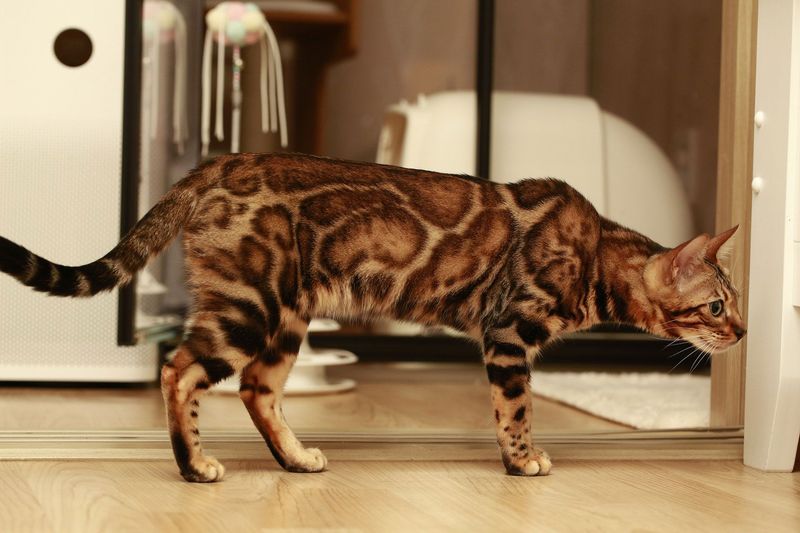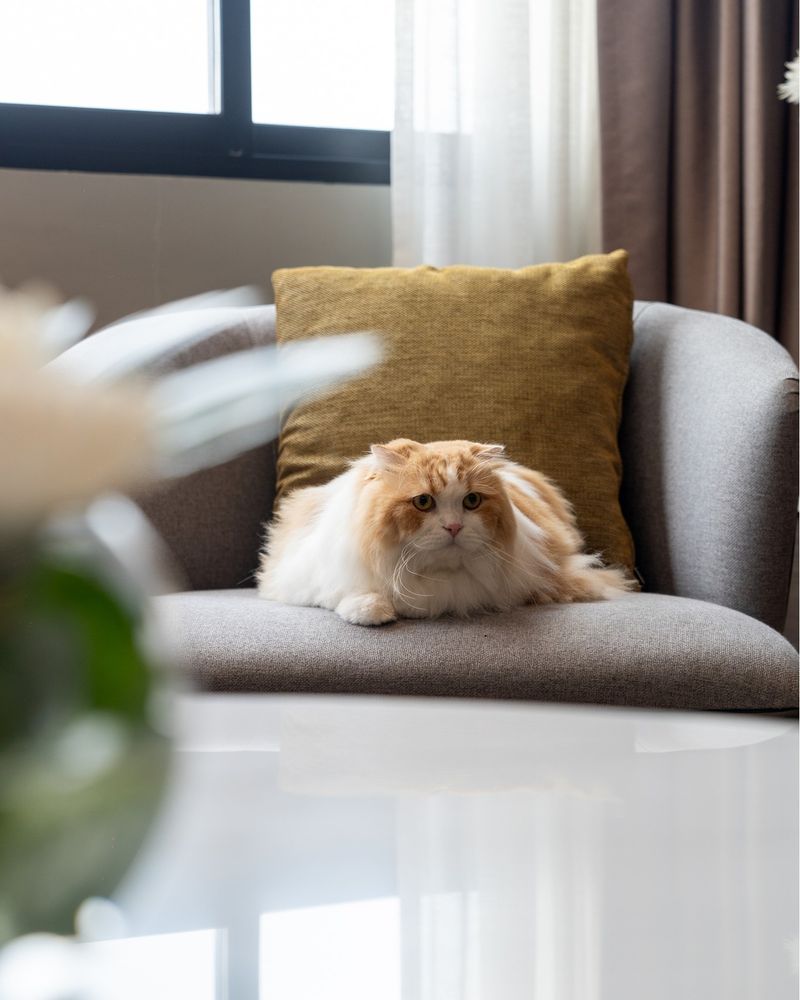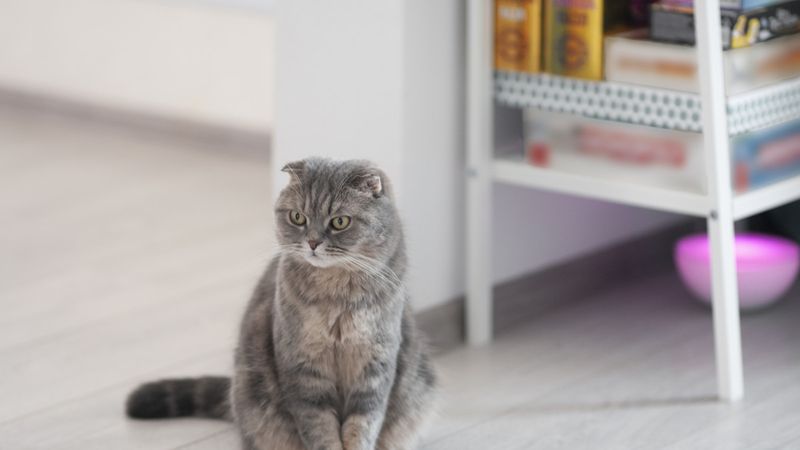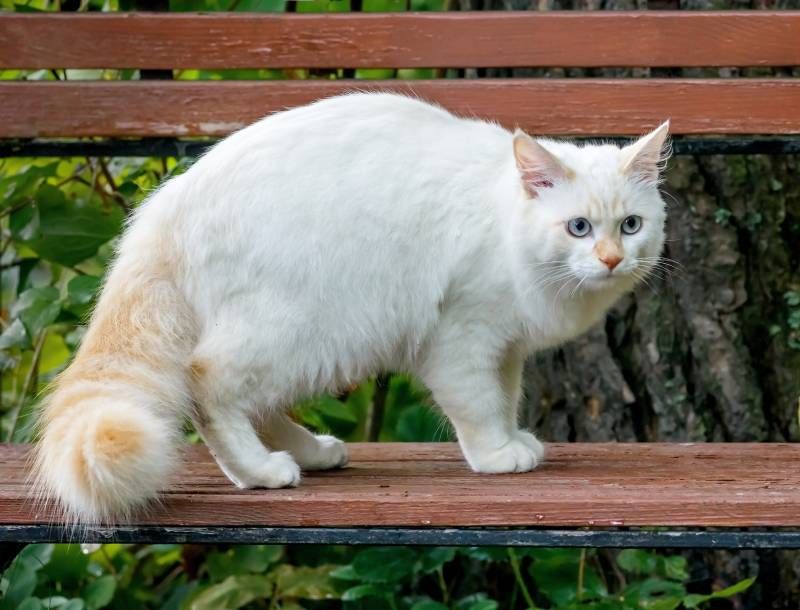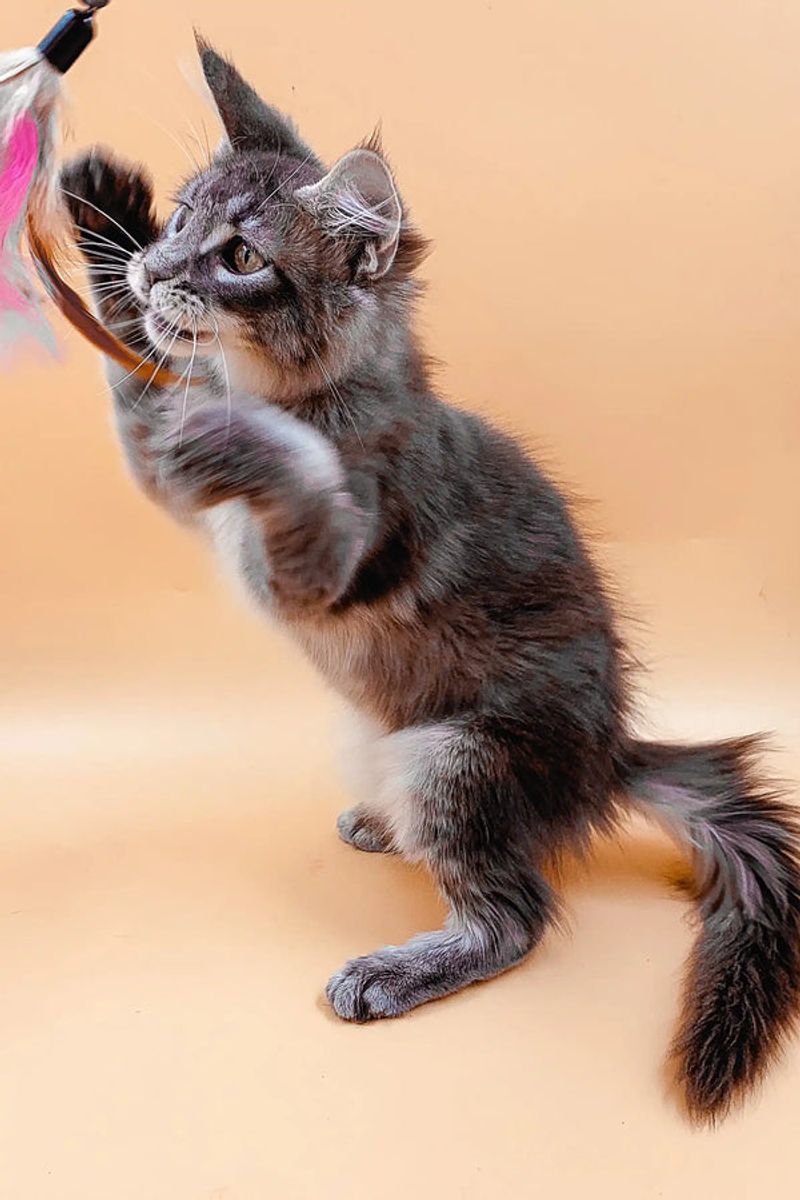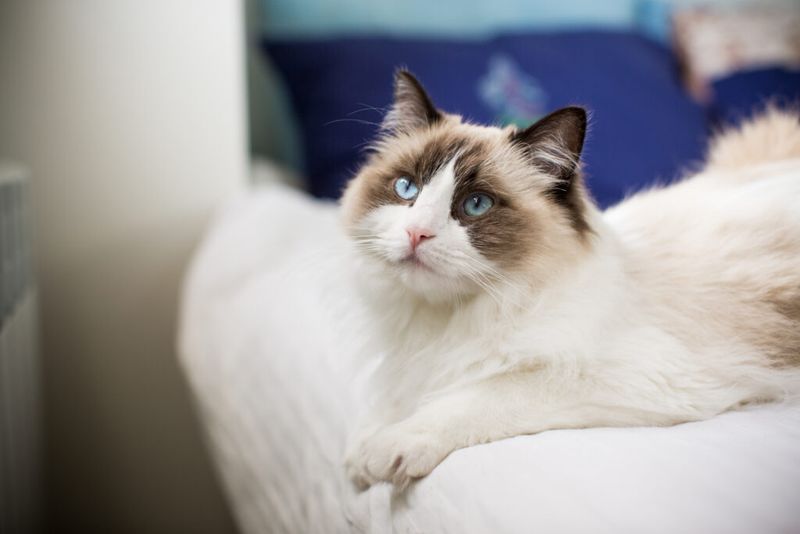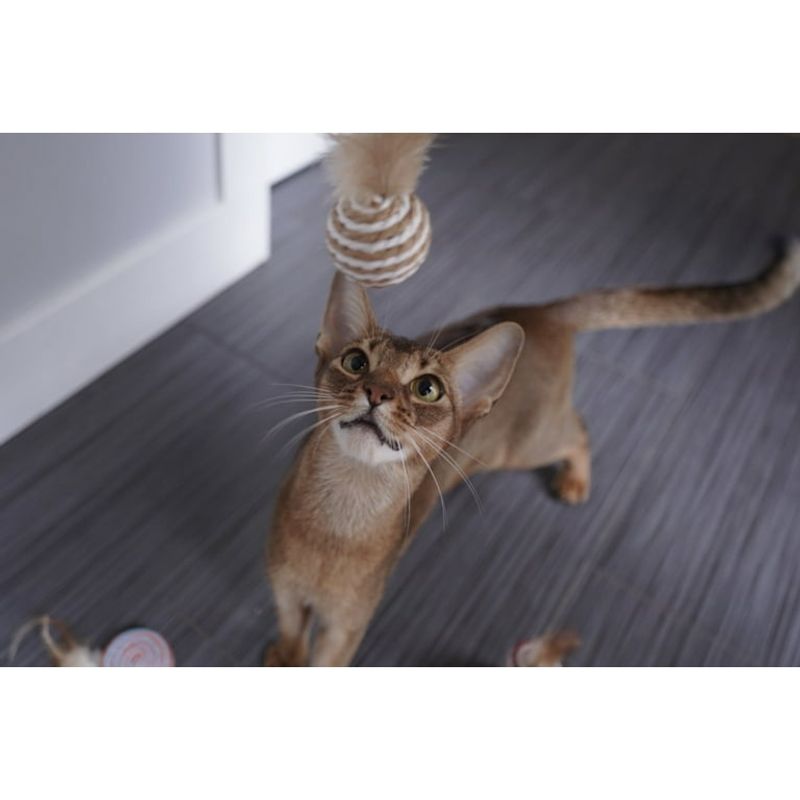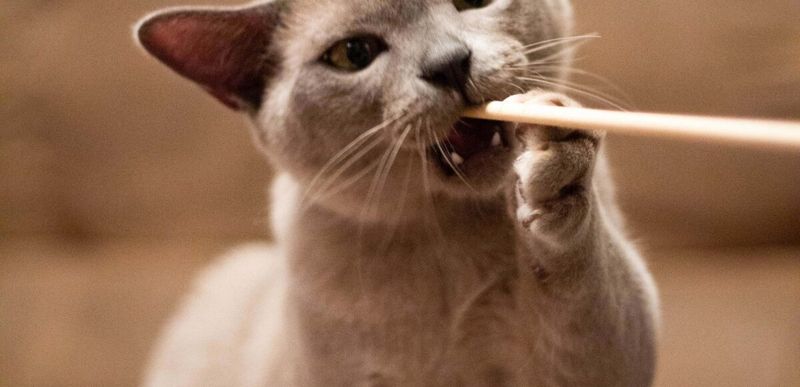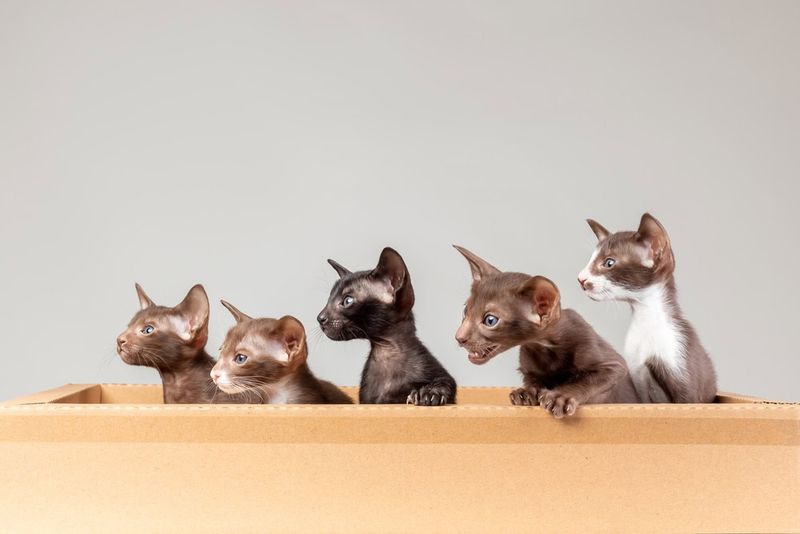📖 Table of Content:
Training a cat can often feel like negotiating with a tiny, furry dictator. Unlike dogs, who are generally eager to please, cats bring a different attitude to the table—one that ranges from indifferent to downright defiant. However, not all cats are cut from the same cloth, and breed can play a surprisingly large role in how trainable a feline turns out to be.
Some cats thrive on human interaction, actively seeking engagement and responding well to commands when the right motivation is involved. These breeds often form strong bonds with their owners and enjoy learning tricks, games, and even commands like “sit” or “come.” Others, however, are less interested in what you have to say, preferring to do things their own way regardless of how many treats are waved in front of them.
Whether you’re a first-time cat owner hoping for an easy companion or a seasoned cat lover up for a challenge, understanding which breeds are more receptive—or resistant—to training can make a world of difference. Here’s a breakdown of five cat breeds that are notoriously hard to train and five that are surprisingly obedient and attentive. This list is your guide to choosing the right feline personality for your lifestyle.
1. Siamese
With their striking blue eyes and vocal personalities, Siamese cats make quite the impression, but training them can be an uphill battle. Often described as bossy, they tend to take over the household dynamic with their own agenda. Commands are acknowledged, but whether or not they follow through is completely up to them. Their high intelligence makes them aware of your intentions, but that doesn’t guarantee cooperation. Stimulation and variety are essential, or they’ll quickly grow bored and disruptive. These cats thrive on social interaction but don’t always interpret training as a mutual experience. For owners seeking a cooperative partner, the Siamese may test patience more than most.
2. Bengal
Wild-looking and wild-minded, Bengals are energetic felines with a strong prey drive and endless curiosity. Their idea of fun often involves climbing, running, and hunting—not necessarily obeying sit commands or walking on a leash. Although smart, they have short attention spans and prefer constant novelty. Traditional training routines may bore them, leading to destructive or mischievous behavior instead. Bengals require highly engaging environments to even consider playing by human rules. Because they crave independence, their response to commands is selective and sporadic. Training one is possible, but it demands creativity, consistency, and a whole lot of patience.
3. Persian
Elegance and fluff define the Persian cat, but their laid-back personality makes them one of the least trainable breeds. Typically more content lounging than participating, Persians often ignore commands in favor of a nap. Their calm demeanor means they’re rarely disruptive, but it also makes them disinterested in learning new tasks. Owners looking to train with treats or toys may be disappointed, as Persians aren’t easily motivated. They prefer predictable routines and minimal exertion, resisting change or challenge. While affectionate in their own way, they simply don’t have the drive for interactive training. It’s not that they can’t learn—it’s that they don’t see the point.
4. Scottish Fold
Endearing with their folded ears and wide-eyed expression, Scottish Folds have a mellow charm that doesn’t translate well to training enthusiasm. These cats tend to be observers rather than participants, watching calmly from the sidelines rather than engaging in structured play. They bond well with their humans but don’t feel a strong need to impress or perform. Their quiet nature often masks a strong internal stubbornness, making repeated training attempts feel futile. Food motivation helps, but only to a degree; their response is often lukewarm. As creatures of habit, they aren’t quick to adapt to commands or changes in routine. If training is your goal, a Scottish Fold may not be your ideal companion.
5. Turkish Van
Notorious for their love of water and independent streak, Turkish Vans are a handful when it comes to obedience. These cats are bold, energetic, and naturally curious—qualities that can hinder focused training. Unlike more obedient breeds, they prefer to lead rather than follow. Commands may be met with a tilt of the head and a disappearing act, as their adventurous side always takes precedence. Even when rewards are involved, Turkish Vans are selective about their cooperation. Their intelligence shines, but it’s not easily harnessed for human-led tasks. Training one takes ingenuity, high-value incentives, and a sense of humor.
1. Maine Coon
Gentle and giant in stature, the Maine Coon is a breed that naturally lends itself to training efforts. These cats are friendly, patient, and surprisingly cooperative, making them ideal for both first-time and experienced owners. Their playful yet even-tempered nature means they’re open to learning tricks, especially when rewarded with affection or food. Training sessions with a Maine Coon often feel like quality bonding time rather than a chore. With their strong loyalty to their humans, they are likely to respond well to verbal cues and repetition. Many Maine Coons enjoy interactive games and even leash walks. This breed’s balance of intelligence and sociability makes them one of the most trainable cats around.
2. Ragdoll
True to their name, Ragdolls often go limp when picked up and have a supremely laid-back demeanor. They thrive on human attention and are more than willing to follow a structured training routine. Because of their calm temperament, they aren’t easily distracted or stubborn during sessions. Even simple praise can go a long way with a Ragdoll, as they value your affection as much as any treat. This breed adapts well to home routines and often learns commands without much resistance. Clicker training or gentle verbal cues tend to be especially effective. With consistency, Ragdolls can master basic tricks and even more advanced behaviors.
3. Abyssinian
Lively and intelligent, the Abyssinian is a cat that sees training as another fun activity to master. Unlike more passive breeds, these cats are always on the move and searching for new stimulation. They learn quickly and often enjoy the challenge of problem-solving tasks. When presented with games like fetch or puzzle toys, Abyssinians engage with enthusiasm. Training them is more about channeling their energy than fighting their instincts. Because of their curiosity and people-oriented nature, they are typically responsive to consistent, reward-based cues. A home that offers variety and interaction will bring out their best behavior.
4. Burmese
Affectionate and vocal, Burmese cats are eager to be involved in everything their humans do, including training. They crave companionship and will often follow their owners from room to room, seeking interaction. This natural attachment translates well into structured training, especially when it involves attention and treats. Burmese cats respond well to positive reinforcement, especially if it involves touch or verbal praise. Their inquisitive minds make them excellent candidates for clicker training and games. While they are energetic, they remain focused when engaged by someone they trust. If you’re looking for a cat that learns because it wants to please you, Burmese is a top contender.
5. Oriental Shorthair
Elegant and expressive, the Oriental Shorthair is both brainy and trainable. These cats are highly communicative and often seem to understand what their humans are saying. Because of their strong bond with their families, they are quick to respond to cues and routines. They love challenges, whether it’s learning new tricks or solving interactive puzzles. Training them is often seamless with verbal commands and repetition. Their alert, energetic nature makes them ideal for games that involve agility or memory. Owners who enjoy an active, engaging relationship with their pets will find a great partner in the Oriental Shorthair.
